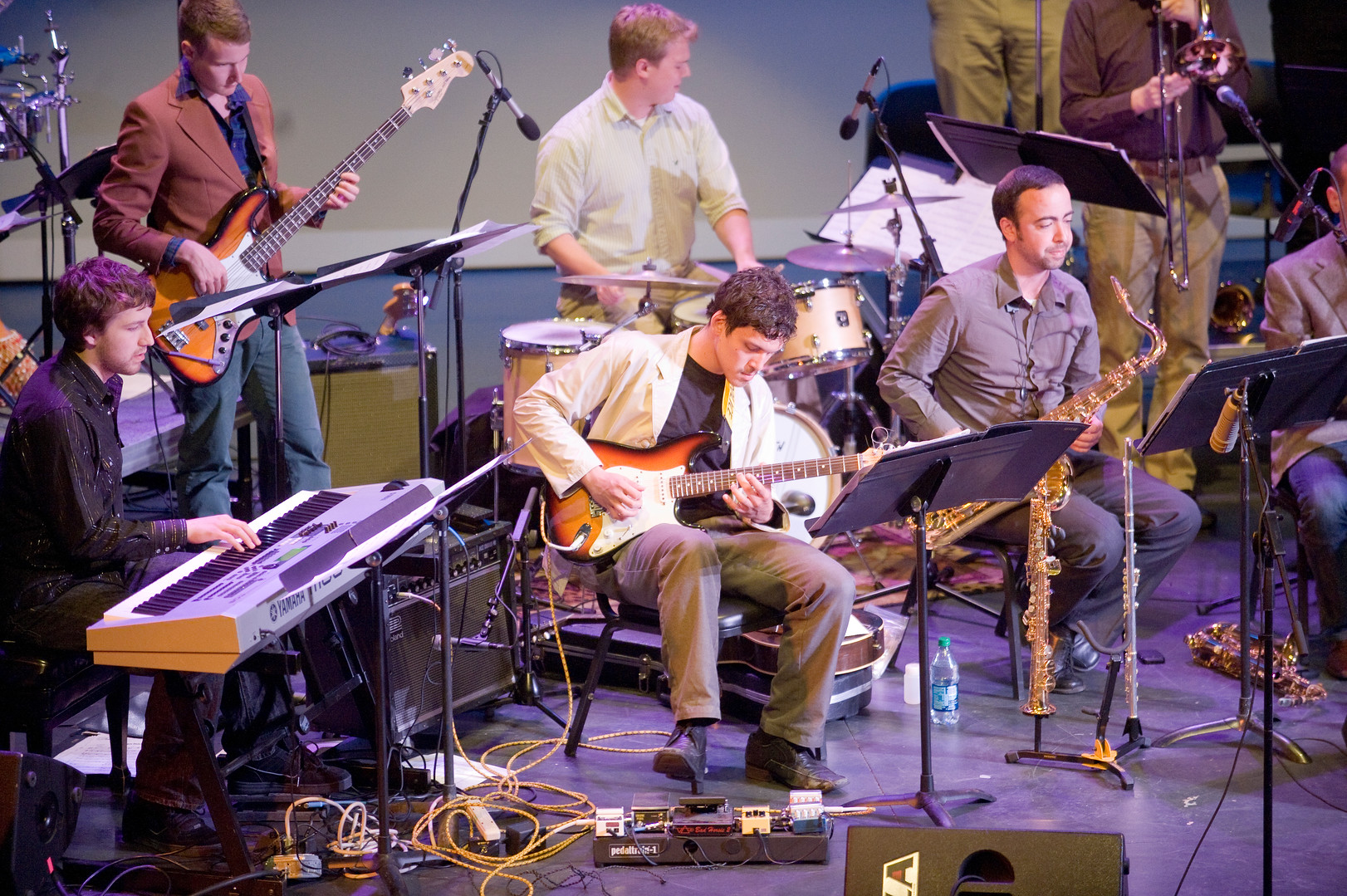See also: Articles on Music, Hearing Loss, and Hearing Devices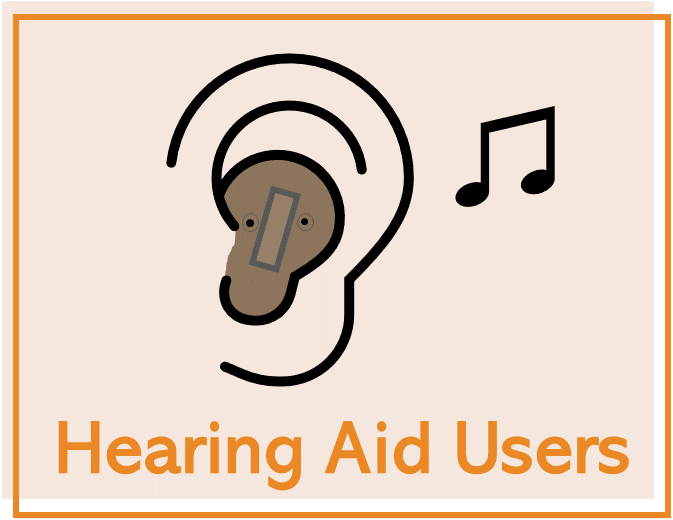
As you read this website, keep in mind the following:
-
People with hearing loss can differ in many ways.
-
Some information may be more similar to your situation.
-
Pick and choose the information most useful for you.
Tips for Listening to Music with Hearing Aids (HAs):
Information for Hearing Aid (HA) Users and Families
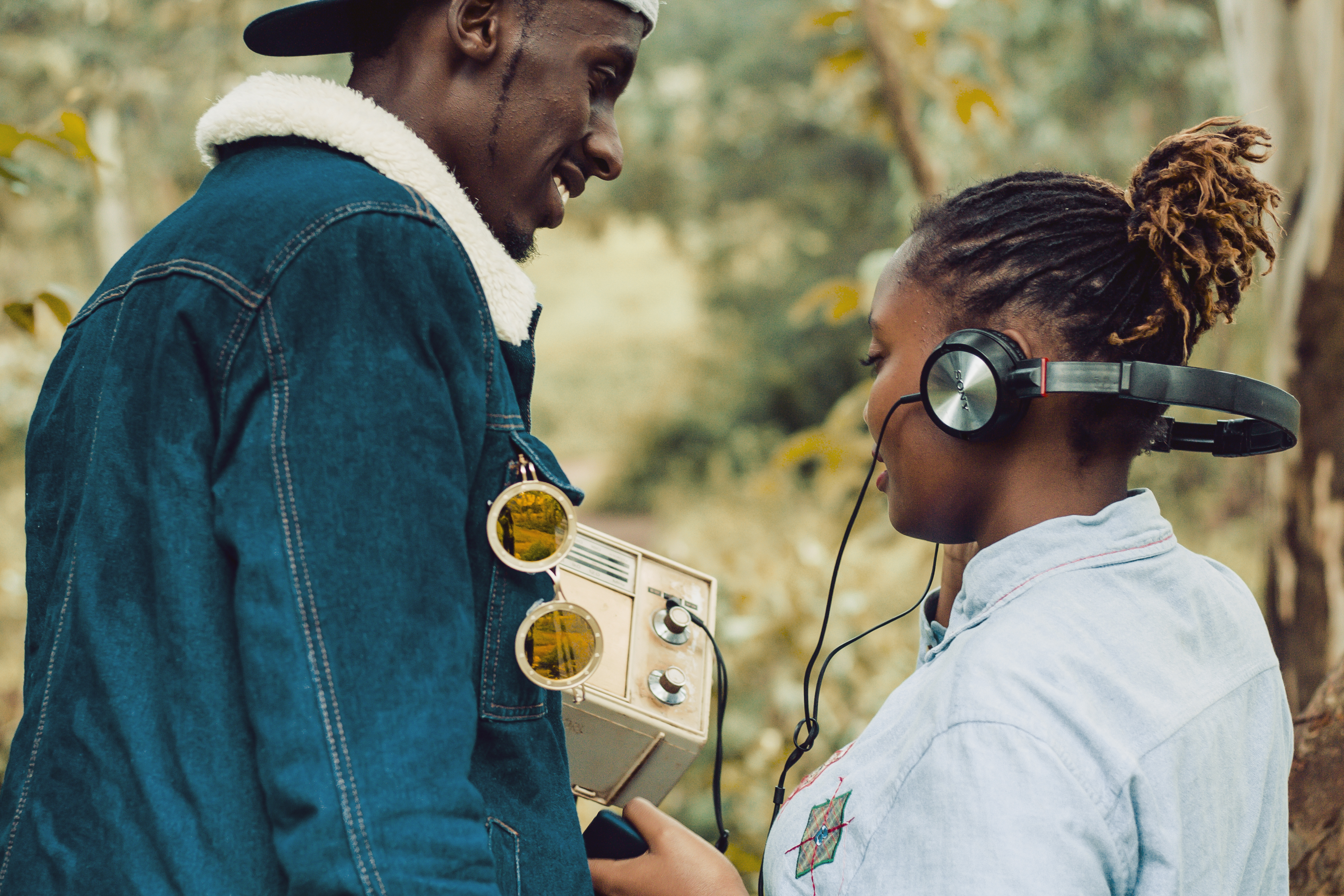

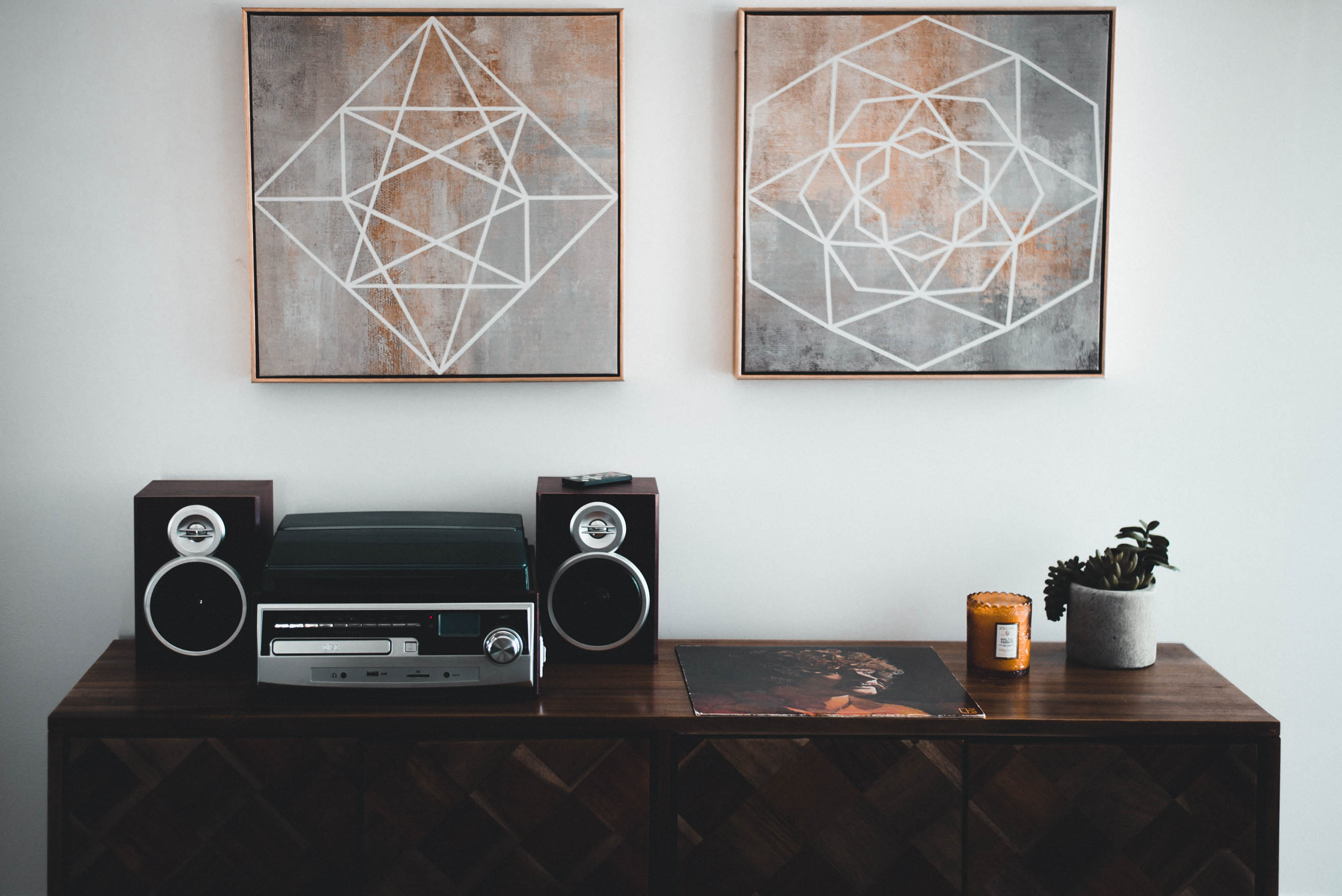
1, 2
Music may not sound 'normal' through hearing aids. What can you do to enhance music listening experiences?
There is no 'magic bullet' for improving the sound of music through hearing aids. The most basic recommendation is to use trial and error.
-
Figure out what works best for YOU for different kinds of music and listening situations.
-
Audiologists vary somewhat in their expertise, range of services offered, and approaches.
-
Find an audiologist who is knowledgeable and willing to help you optimize your music listening experiences.
-
Coverage of consultations to improve music listening and use of assistive listening devices may vary depending upon the individual audiologist's policies for coverage and the hearing aid user's insurance coverage.
-
Optimizing Music Enjoyment
Here are some adjustments to try:
For Recorded Music
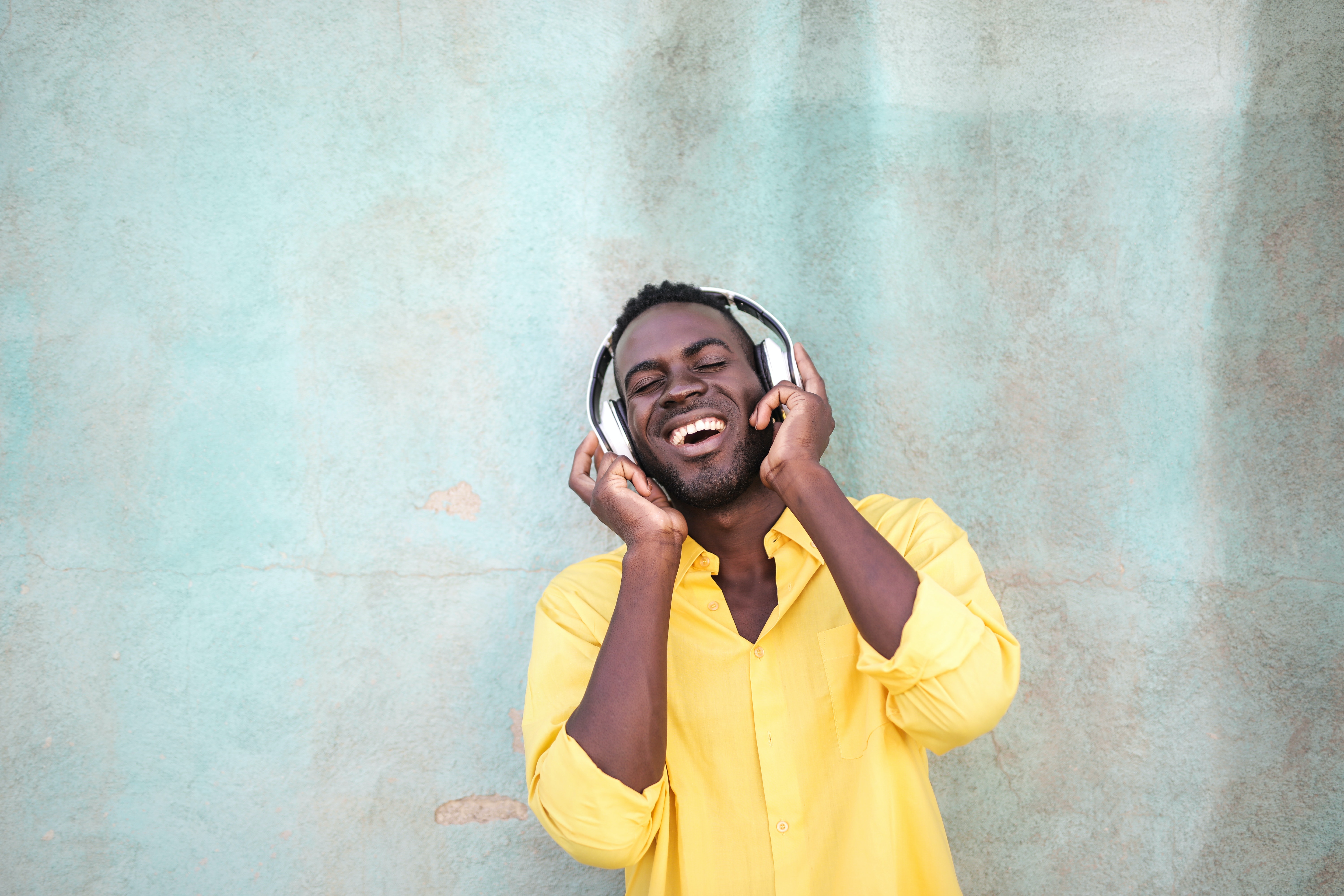

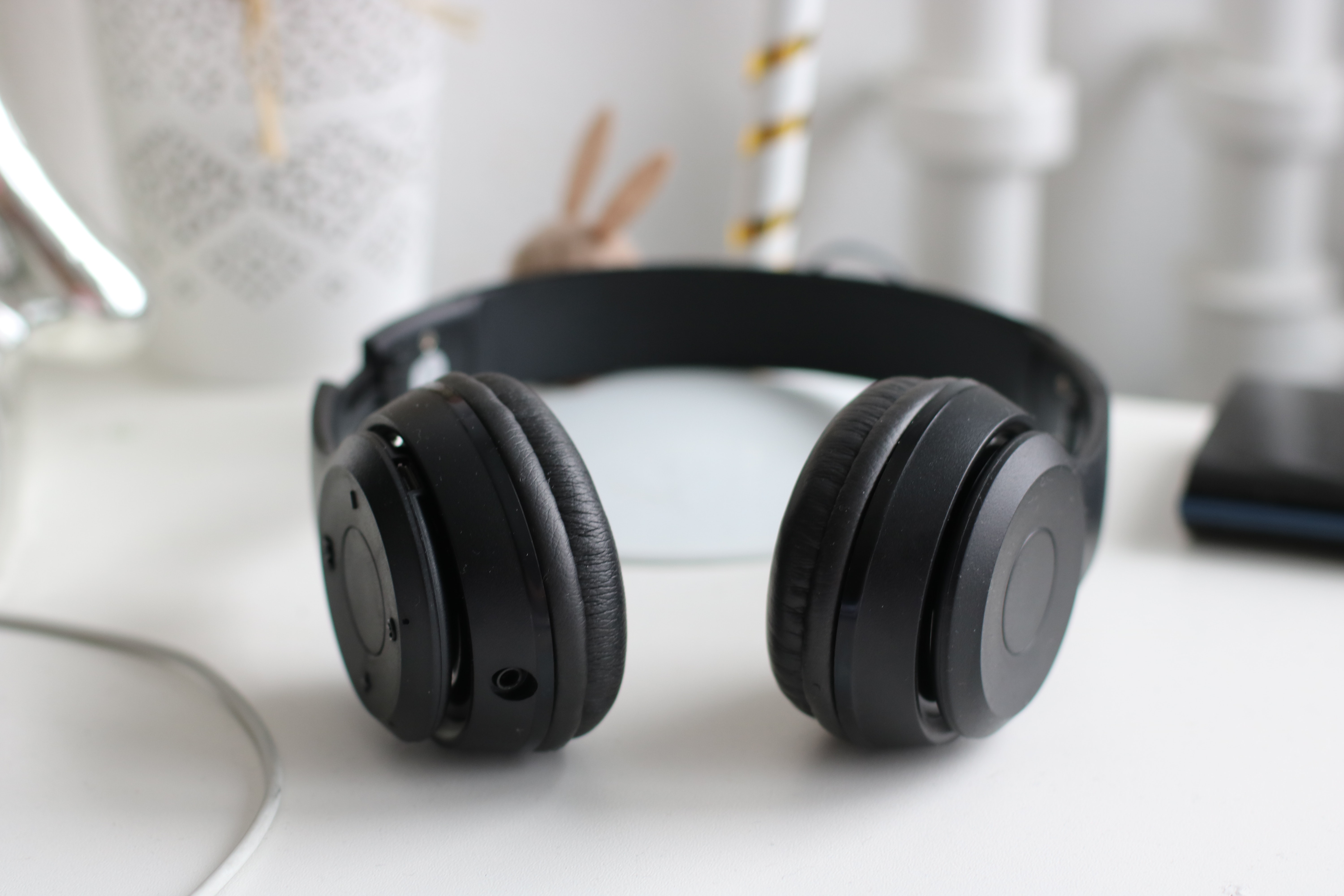
-
Try music listening with and without hearing aids: Some hearing aid users have better music listening experiences with high quality headphones than with hearing aids.
-
Some hearing aid users improve music listening experience by taking out their hearing aids and listening through noise canceling headphones.
-
-
Use a high-quality sound system: A good sound system will provide a better sound signal.
-
Try an equalizer: An equalizer allows the listener to increase or decrease the volume of higher and lower frequencies on sound equipment. Use a physical or digital interface equalizer to adjust gain and other sound qualities.
-
Adjust music players to fit your unique hearing needs, just as you adjust your hearing aid!
-
Some phone apps can act as an equalizer for your hearing aid.
-
Talk to your audiologist about options.
-
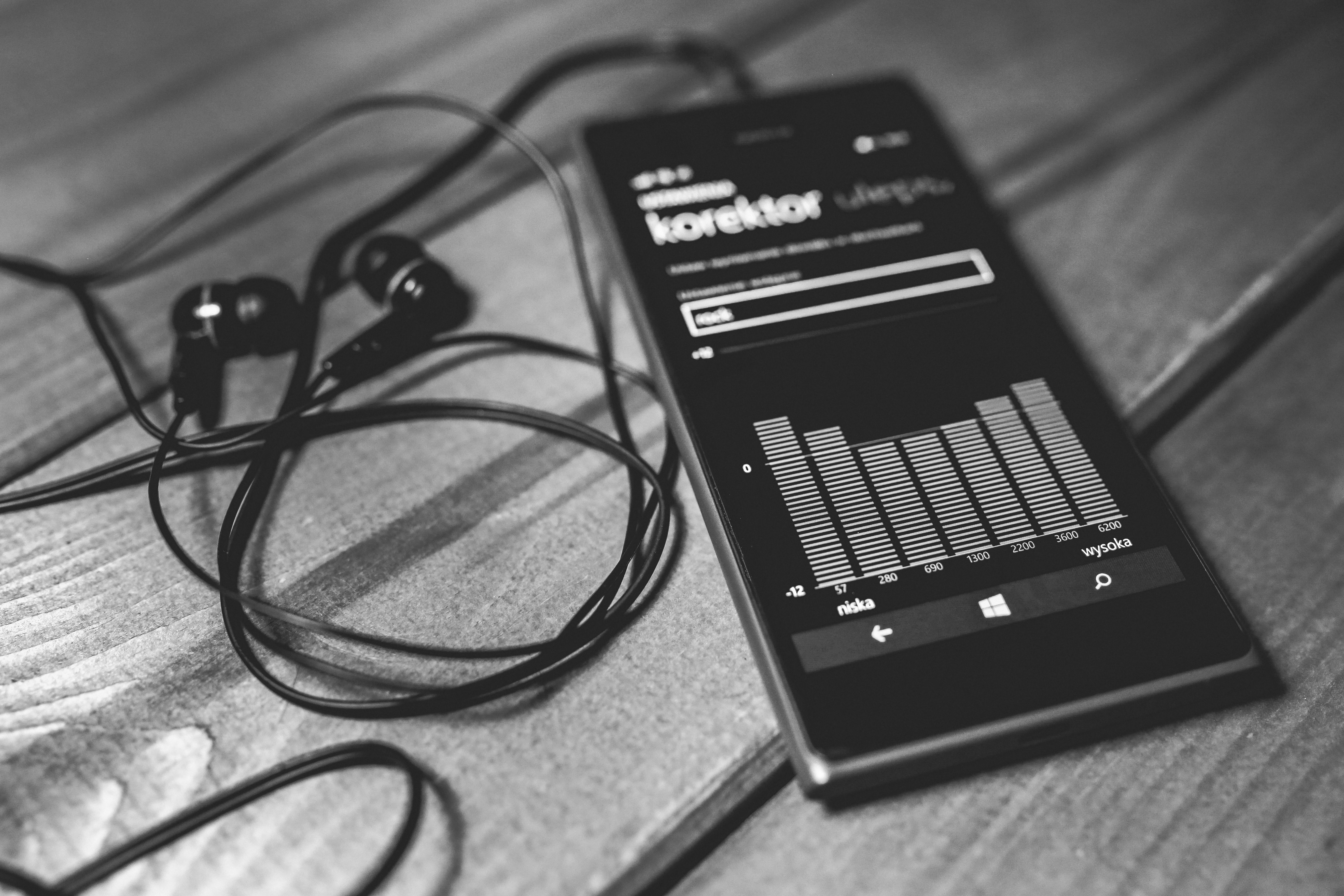
-
Adjust the volume of the music: Try adjusting the volume, even as the music plays.
-
Try turning down the stereo or MP3; then turn up the hearing aid volume.
-
Some music has large changes in loudness. This can be accommodated by turning down the volume of the music and turning up the volume on your hearing aids.
-
-
Use clear adhesive tape: Try putting adhesive tape (such as Scotch tape) over the hearing aid microphone when listening to music.
-
This will reduce the loud parts of music, which can overload the hearing aid and cause distortion.
-
This is especially useful for loud music listening or live music performances.
-
-
A few pieces of tape may be necessary.
-
The mic may be in different places depending on your hearing aid, so ask your audiologist where to place the tape.
-
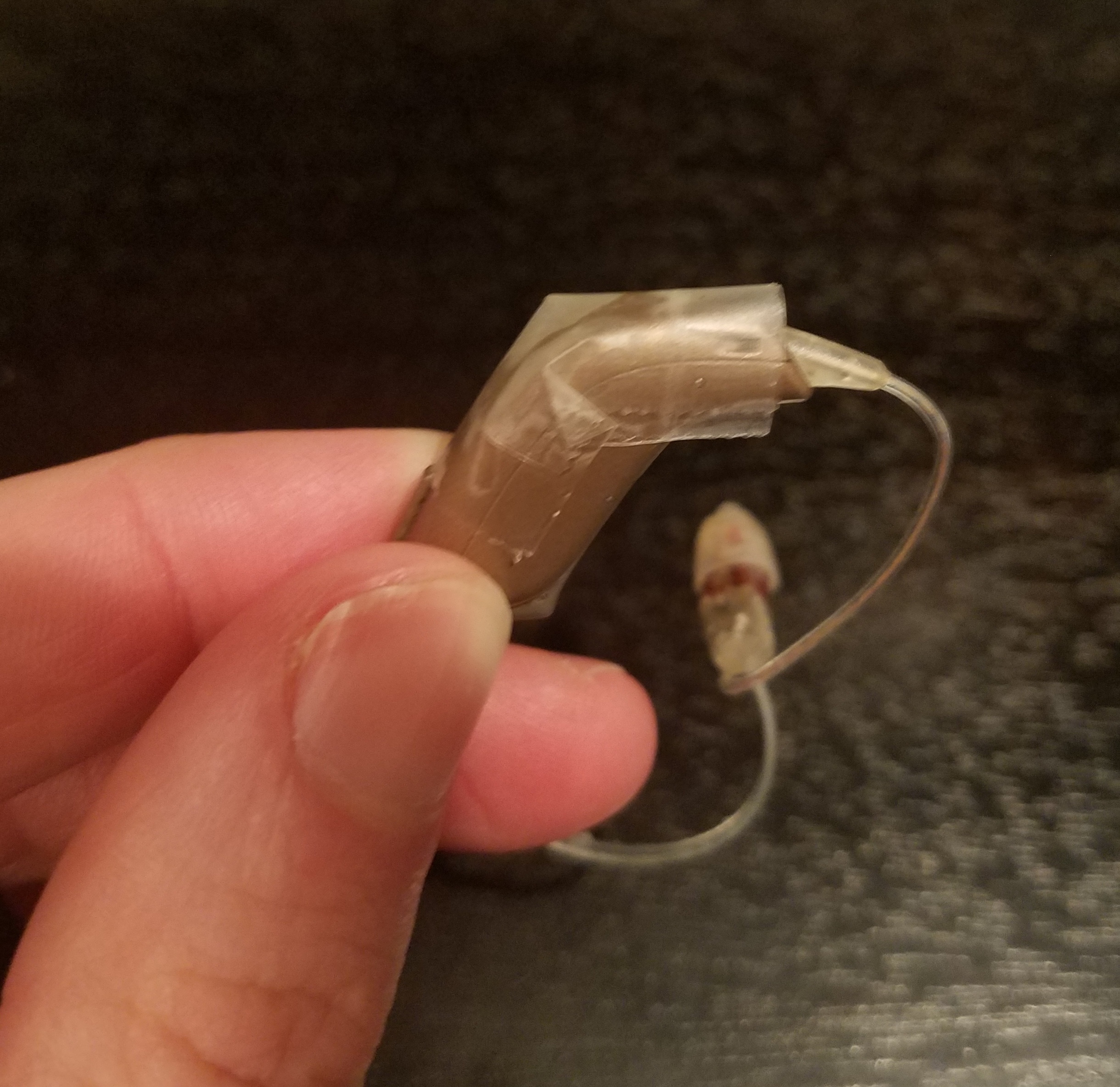
-
Practice enhanced listening: Music can be much more than a listening-only experience. Complement listening by focusing on the other senses when listening to music. Other ways to enjoy music include:
-
reading the lyrics or music notation
-
watching the musician(s)
-
tapping, rocking, or dancing to the beat
-
turning up the bass to feel it in your body
-
For Live Music Performances
-
Use clear adhesive tape: Try putting adhesive tape (such as Scotch tape) over the hearing aid microphone when listening to music.
-
This will reduce the loud parts of music, which can overload the hearing aid and cause distortion.
-
This is especially useful for loud music listening or live music performances.
-
-
A few pieces of tape may be necessary.
-
The mic may be in different places depending on your hearing aid, so ask your audiologist where to place the tape.
-
-
Consider assistive listening devices (ALDs):
-
Before a concert, ask your audiologist about how to choose and use assistive listening devices.
-
Before attending a concert, contact staff at the auditorium (call or look at their website) to find out if they provide assistive listening devices.
-
Look at the website of the company that makes/sells ALDs; they may post instructions for use.
-
Click here for more information on ALDs.
-
-
Adjust the volume of the music: Adjust the volume on your hearing aid throughout the concert as needed, even during individual songs.
-
Some music includes large changes in loudness that are best accommodated by adjusting the hearing aid.
-
-
Click here for more listening tips at indoor and outdoor concerts.
Talk to your audiologist about hearing aid settings to improve music listening
-
You may need to make an extra appointment to discuss music-specific settings or assistive listening devices. Extra appointments may not be covered by insurance but may be worth out-of-pocket cost if music is very important to you.
-
Technology is always changing: Ask your audiologist about new assistive listening devices and how to use them.
-
Utilize live adjustments: Ask how to modify your amplification settings on your own for various environments.
-
Even one piece of music can change rapidly. Therefore, you may need to adjust your hearing aid as the music changes.
-
One study (Wigan et al., 2017) found hearing aid users can listen and choose their preferred hearing aid setting for different styles of music.
-
-
Try a music program: Talk with your audiologist or hearing aid provider about using a music program or speech in quiet program for a different (and maybe better!) music listening experience.
-
Listen with your audiologist: Bring in your favorite music to your next audiology appointment and ask to listen to it while adjusting the hearing aid settings.
-
The typical "music setting" on the hearing aid is not ideal for all individuals or all styles of music.
-
-
Investigate streaming options: Ask about options to stream music directly to your hearing aids.
-
Bluetooth might allow you to directly stream from devices such as your TV, phone, or computer to your hearing aid.
-
It may also allow you to stream music at some live venues.
-
Additional hardware or phone apps may be required, so discuss options with your hearing healthcare provider.
-
-
-
Some questions to discuss:
-
What kind of music do you listen to?
-
Do you attend live concerts, performances, mostly listen to the radio, or listen while driving?
-
What seems to be lacking or unpleasant in your music listening experience; are the quiet moments too soft to hear or the loud moments painful?
-
-
Check the internet: Check websites for hearing aid users to see if other people have found helpful approaches or settings.
-
Hearing Aids for Music is a website that focuses on hearing aids and music enjoyment.
-
-
Feel the music: Some musical sounds can be 'felt' in the body. You can get tactile sensations of the rhythm even without the full auditory experience.
-
Participate in aural rehabilitation: Talk to your audiologist about aural rehabilitation programs for hearing aid users. These programs have helped many individuals learn how to listen through new hearing aids, to both speech and music.
-
Take your time: Research has shown it takes time (months, years) for your ears and brain to fully adjust to the new input. Adjustment to hearing aids varies from one person to the next.
A Case Example
Janelle is a bi-lateral hearing aid user. She began losing her hearing later in adulthood.
Even though she uses hearing aids, she still enjoys music and even teaches opera appreciation classes.
Janelle attends concerts in her community and considers herself a professional listener.
For hearing aid users beginning to listen to music she recommends 3 things:
1) time, 2) quality, and 3) specific adjustments for different musical sounds.
Time: Give yourself 5-10 minutes to adjust to new stimuli and new (or familiar) music.
Quality: Choose high-quality sound equipment (such as good speakers) to enhance the listening experience.
Adjustments: When listening to vocal music, try the speech setting to see if it helps to distinguish lyrics.
-
Consider changing which musical instruments you listen to or play: If you play or listen to a specific instrument and it has become difficult to hear, with or without your hearing aids, try changing instruments to something that sounds more pleasant in your audiometric region. This is often a lower instrument, such as cello or bass instead of violin.
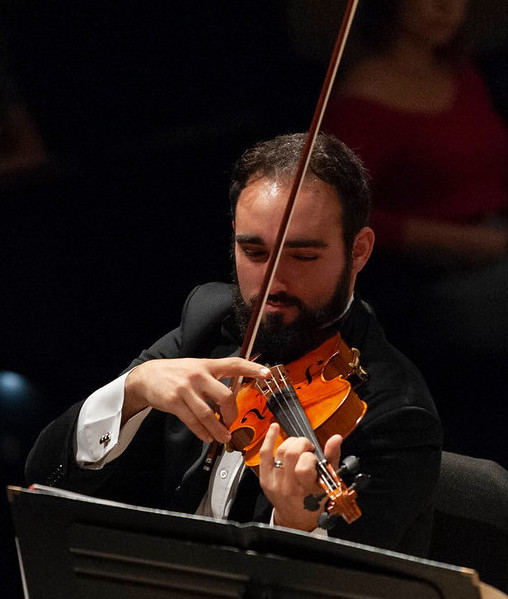


References
Chasin, M. (2003). Music and hearing aids. The Hearing Journal, 56(7), 36.
Chasin, M. (2014). Hear the Music: hearing loss prevention for musicians. Toronto, Ontario: Musicians Clinics of Canada.
Chasin, M., & Hockley, N. S. (2014). Some characteristics of amplified music through hearing aids. Hearing Research, 308, 2–12.
Chasin, M., & Russo, F. A. (2004). Hearing Aids and Music. Trends in Amplification, 8(2), 35–47.
Fulford, R., Ginsborg, J., & Greasley, A. (2015). “Hearing Aids and Music: The Experiences of D/Deaf Musicians.” Paper presented at the Ninth Triennial Conference of the European Society for the Cognitive Sciences of Music, Manchester, UK, August 17–22.
Fulford, R., Greasley, A., & Crook, H. (2016). Music amplification using hearing aids. Acoustics Bulletin Journal, 41(1), 49-51.
Wigan, M., Blamey, P., & Zakis, J. (2017). Hearing aids and music: experimental tests for better algorithm selection and design. 10.13140/RG.2.2.11457.15200.
Click here to review references used in preparation of this website.
1. All images on this website are used under Creative Commons or other licenses or have been created by the website developers.
2. Click here to access the sources of images on this page.
